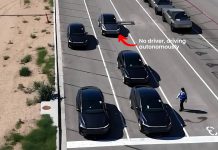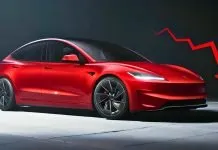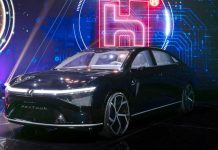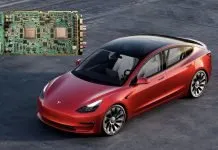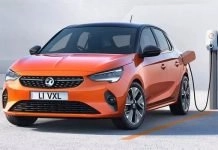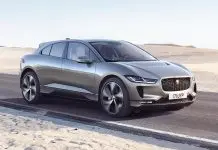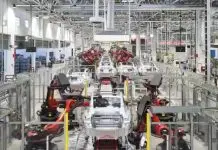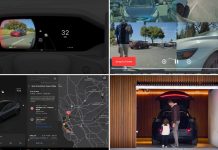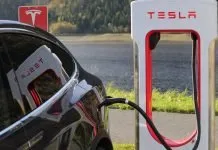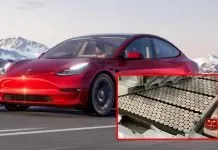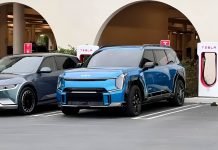Tesla China bounced back big in March 2025 and has sold as many as 78,828 wholesale vehicles, as per the data provided by the CPCA (China Passenger Car Association). It is a sharp contrast from the previous information, showing last year as a slow start of production due to modifications of the Model Y.
Looking at the domestic deliveries of the facelifted car starting from late February, the March numbers show that customers accepted the Model Y well, and there is a revival of demand for Tesla’s electric cars in the largest EV market in the world.
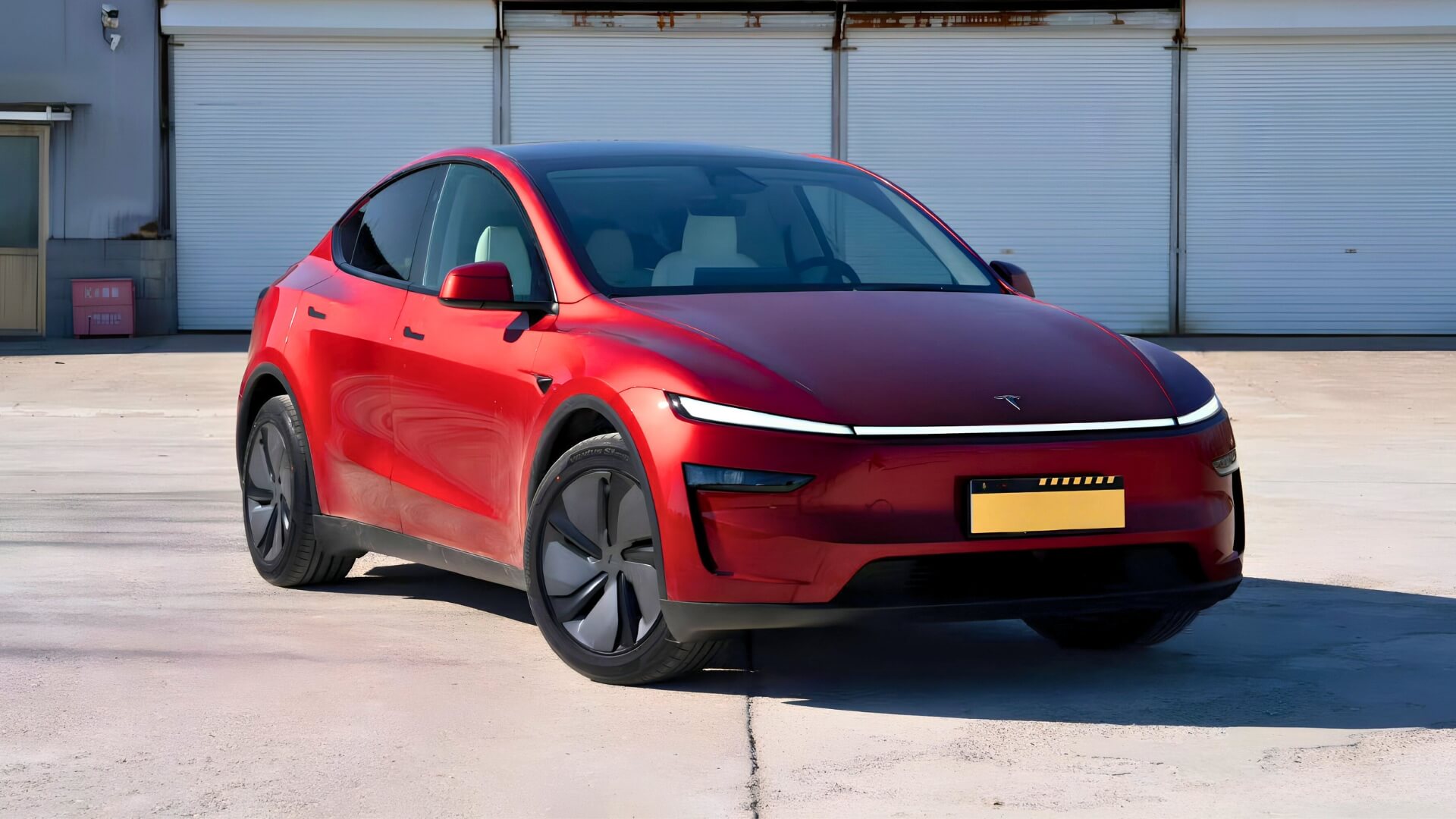
Tesla’s March Sales Performance
During the same month, 4,701 Tesla China vehicles were exported, and hence 73,127 were sold in the country’s market. This has been an increase of 18.8% for the year and a tremendous leap to 176.8% up from February, when the electric car maker sold only 26,016 vehicles wholesale.
The increase is even more significant as the first quarter of 2025 can be considered a transitional period at Tesla’s Giga Shanghai as it was preparing for the production of the new Model Y. The fact that domestic sales of the upgraded model started only in the last days of February proves that the results of March are important.
Also, in March 2025, the Tesla Model Y reclaimed its position as Norway’s best-selling car, marking a significant recovery in the market. According to the Norwegian Electric Vehicle Statistics, as of mid-March, a lot of Model Ys were registered, surpassing the previous month’s figures and indicating a robust demand for the updated model.
This resurgence is particularly noteworthy given the earlier sales decline Tesla experienced in the first two months of 2025, during which competitors like Volkswagen and BMW gained ground. The Model Y’s strong performance in March not only underscores its appeal among Norwegian consumers but also highlights Tesla’s resilience in a highly competitive electric vehicle market.
Spotlight on the Model Y and Model 3
It is worth noting that the updated Model Y was the car that sold the most; 49,029 units were sold wholesale in March. This makes it a 14.8% slide from the 57,586 units sold in March 2024, but a 510.4% increase from the 8,032 units sold in February 2025. From the above data, it can be inferred that the domestic sales of the new Model Y have slowly begun to grow very sharply within the current month over the last month.
The Model 3 sedan, on the other hand, fared well on the same, with 29,799 cars sold in March. This is a slight drop of 5.33% from the same month of March 2024. Nevertheless, this is a 31.5% rise from the record of 22,656 units sold in February. Based on more competitors in the compact EV segment, the Model 3 remains one of the cornerstone models for Tesla in China.
Market Position in China’s NEV Market
Tesla’s March performance is especially remarkable in light of the overall upsurge in the China New Energy Vehicle (NEV) industry. Specifically, the CPCA found that NEV sales reached 991,000 in March, with a YoY growth rate of 38%, compared with February, up by 44%. Of this total, 646 thousand units were battery electric vehicles (BEVs), which is a market segment Tesla is solely active in China.
According to the statistics, Tesla China sold 78,828 units of cars for NEV to take 7.48% of the market share in March. For the BEV category, this proved to be slightly higher at 11.47% share. These are as follows and point to the fact that even as new entrants start to emerge from the domestic automobile industry and intensify competition, Tesla remains unbeaten in the pure electric vehicle market.
This is because the current operations of Tesla in China may show how the FSD system performs in the local driving conditions. FSD in China has been reprogrammed to follow the behavior of human motorists as much as its Chinese users are likely to encounter out on the road, so they can be said to feel very authentic.
In the region where the driving techniques are more rash and unsafe, this human-like characteristic may contribute to increasing the driver’s comfort and confidence in the system, thus improving the chances of acceptance by the driver. This localized adaptation of FSD could be the reason Tesla has experienced a sharp rise in China in the recent past, as the Chinese are migrating towards sophisticated ADAS integration with real-world driving environments.



